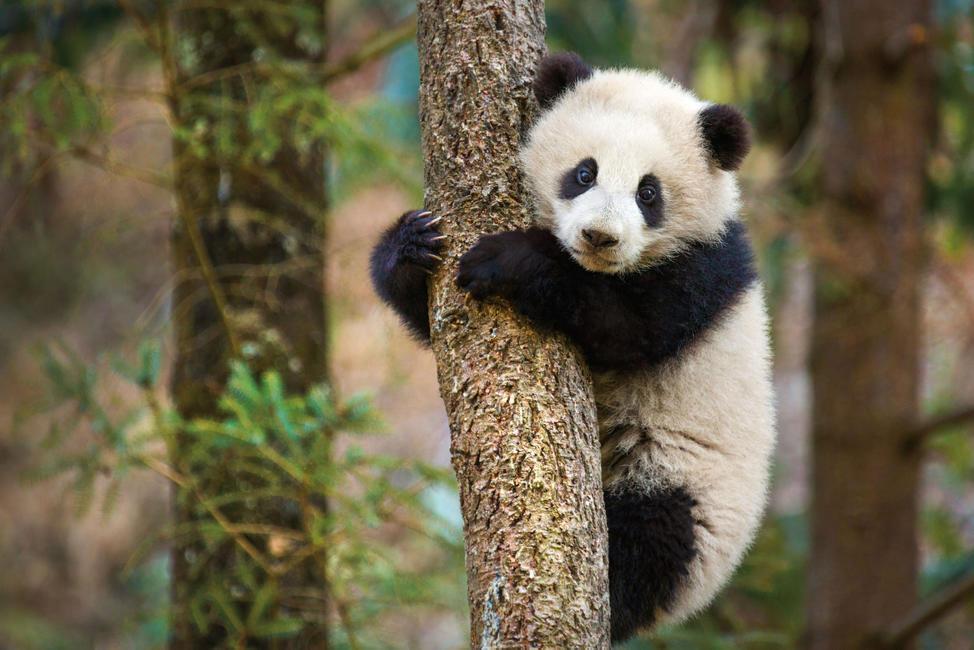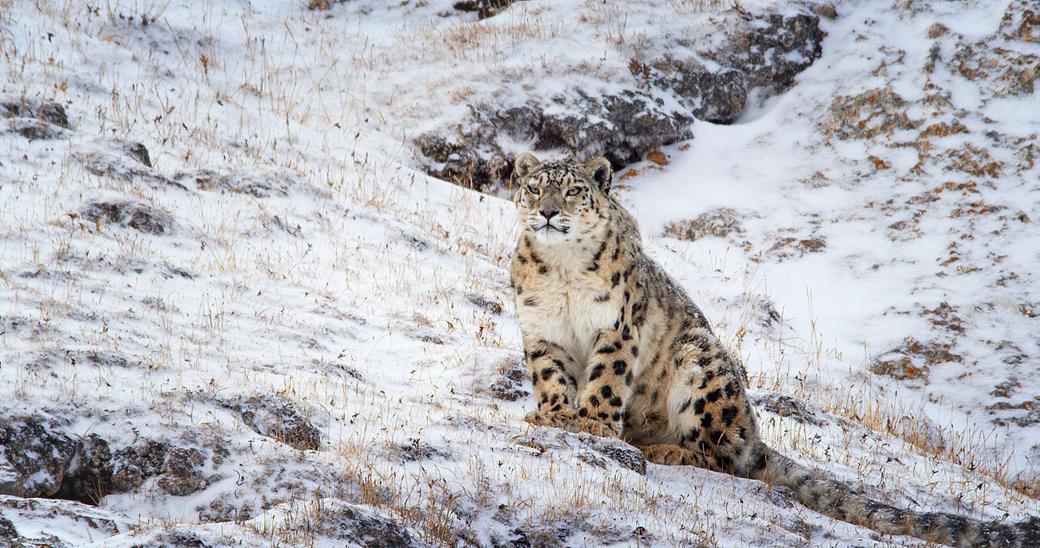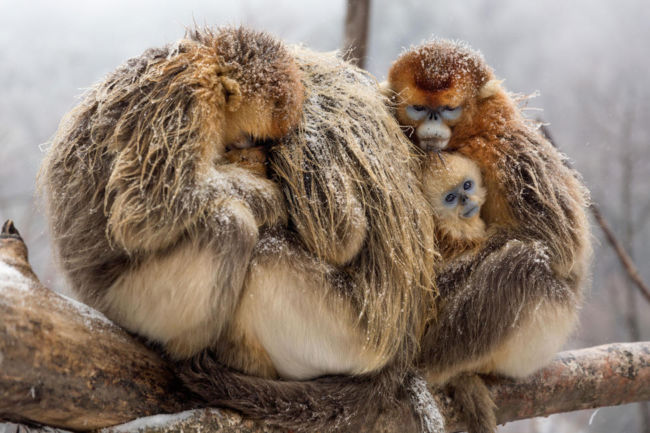Ya Ya, a giant panda, gazes adoringly at her daughter Mei Mei who is nestled among the fluffy black and white fur of her belly. Mei Mei yawns, showing her tiny, pink, toothless mouth and scrunching up her eyes. The mother and daughter exist in tranquility in a lush bamboo forest that, in the fall, explodes with reds, yellows and emerald green. However, as Mei Mei matures, growing quickly out of a diet consisting solely of her mother’s rich milk, she begins to yearn to be free of her mother’s protective presence.

The relationship between Ya Ya and Mei Mei is one of the four animal dynamics explored in the Disney Nature documentary “Born In China.” The documentary, geared towards children yet enjoyable for audiences of all ages, follows each of the four species in its natural environment in remote, vast landscapes across China. Using engaging narration, the film presents the natural wonders of China and the unique attributes of four of its most representative species—the panda, the snow leopard, the golden snub-nosed monkey, and the Chiru or Tibetan antelope, and carefully demonstrates the harsh reality of life in the wild.
Alongside the panda duo, “Born In China” also stars Dawa, a sleek and powerful snow leopard. Dawa must raise her two cubs while watching over her territory in the desolate Tibetan Plateau. The scenes involving this powerful, graceful predatory are masterfully shot to show the sparseness of her environment. The film follows Dawa as she climbs over jagged rocks and hunts scarce prey. Shots taken from a greater distance also demonstrate how perfectly Dawa can blend in with her surroundings. However, the picture is always clear enough that Dawa is just visible, her spotted face, blue eyes and tufted ears peeking out from behind a rock to watch out for her next meal. The far-off shots also give the audience a better understanding of how her species exists in the wild.

The narration of “Born in China” is engaging and personable. The narrator, John Krasinski, has an expressive and warm tone that switches seamlessly between omniscient narration and the first-person voice of the animals. When Tao Tao, a golden snub-nosed monkey, struggles to find his place after his baby sister ousts him as the center of attention of his family, Krasinski captures the stilted monkey’s defensive and hurt tone. Tao Tao’s story also demonstrates the lesson that blood is thicker than water and that although families may be imperfect, their love is real and permanent. These lessons are present throughout the movie.
However, the movie’s thinly veiled didactic intentions sometimes distracted from the beauty of China’s diverse wilderness and species. Occasionally, the narration surrounding Mei Mei and Ya Ya was too focused on teaching the lesson that mothers have to be able to let go as their children mature. For example, the narration does not describe much about how pandas actually live in the wild and instead delved into Mei Mei’s protectiveness over and love for her daughter.
The most impactful aspect of “Born In China” was its balance between humanizing the various animals and showing them acting as wild creatures of instinct. The narrative surrounding Tao Tao and his family was particularly effective in conveying the duality of human’s perception of animals. After Tao Tao is ejected from his family unit, he joins up with a group of similarly abandoned male monkeys dubbed “The Lost Boys.” Soon after Tao Tao joins up with the boys, a hawk swoops down from the top of a nearby tree and picks off an abandoned baby golden snub-nosed monkey that had wandered away from a different family. Although the hawk is not shown actually eating its catch nor is any blood visible, the cut between the hawk’s intense gaze and extended claws as it flew through the air and the baby monkey’s wide eyes and small, fluffy golden-yellow face is startling. The hawk represents animal instinct while the Tao Tao’s sister represents the human perception of animals as emotional and complex. Through this scene and others, the director Lu Chuon is able to convey both the human characteristics of these Chinese animals as well as their more basic, instinctual nature.

On the surface, “Born In China” appears to be a simplistic Disney film about breathtaking landscapes and awesome animals. However, it is actually a very layered documentary that can be enjoyed by people of all ages, from small children to teenagers and adults. In this short, 76-minute movie, the diversity of China’s geography is explored and described through gorgeous panoramas and time-lapses as well as colloquial narration. Also, important lessons about family and growing up are presented through the lense of animal lives. At the center of the film is the message that animals have very dual natures and our perception of animals as humans is thusly split. On one hand, we see animals as loveable creatures with unique personalities. On the other hand, we know that animals are driven by instinct and that in nature, death is just a part of everyday life. This deeply impactful message and the visually engaging nature of “Born In China” make it a must-see for the entire family.
















